That nagging pain has gotten the best of you, and you have finally opted to proceed with a platelet-rich plasma or stem cell injection. Please recognize that there is so much more involved that will impact your safety and clinical outcome.

Not All Clinics Are the Same
First and foremost not all clinics are the same. At the Centeno-Schultz Clinic, you will have a board-certified, fellowship-trained physician provide all your care and injections. All injections will be performed under direct visualization utilizing ultrasound, intermittent X-ray, or both.
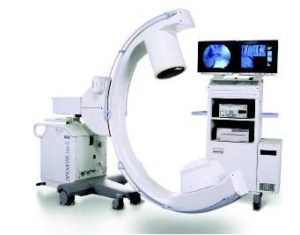
All procedures utilize Regenexx technology as opposed to bedside centrifuges. To understand the Regenexx difference, watch the video below.
Safety Is Paramount
Finally, patient safety at the Centeno-Schultz Clinic is paramount. Hence, all procedures are performed with the following. For ease I created a mnemonic: MODIS (monitors, oxygen, drugs, intravenous access, suction).
Monitors
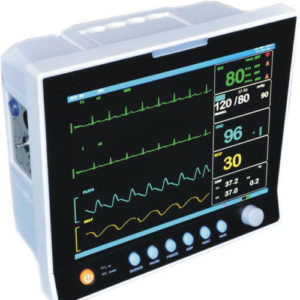
At a minimum, monitoring should include automatic blood pressure cuff, heart rate, and pulse oximetry. If sedation is provided, vital signs must be obtained prior to the administration of medications.
Oxygen

Oxygen is a critical component of every procedure. Oxygenation can be impaired by patient positioning, medication, multiple blood draws, and elevation. Without supplemental oxygen, patients can sustain significant side effects, including, but not limited to, low oxygen saturation (hypoxia), bradycardia, myocardial ischemia, and irregular cardiac rhythms.
Drugs
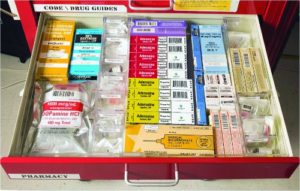
Every procedure room has a fully equipped crash cart similar to that in an emergency room, whereby in the event of any cardiopulmonary event, a full resuscitation can be performed. During a given injection procedure, anything can potentially occur, including, but not limited to, slowing of the heart or abnormal heart rhythm. It is simply best to be prepared.
Intravenous Access
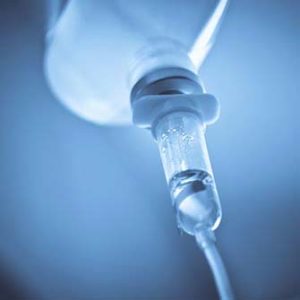
IV access with administration of fluids and possibly medications is a key component to maintaining patient safety. Dehydration due to elevation, liquid and solid restrictions (NPO status), blood draws, and bone marrow aspirations can all lead to reductions in heart rate and blood pressure, which can be promptly corrected with IV fluids.
While not all cases require IV fluids, it is critical to have the ability to quickly establish IV access with administration of fluids. Anything less compromises patient safety
Suction
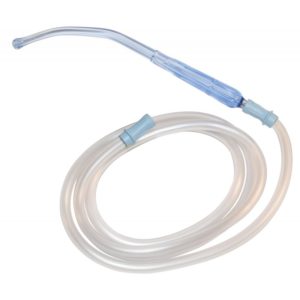
In the event that a patient vomits, it is critical that the material be quickly removed to guard against aspiration. Without suction, all you have is wishful thinking and a high risk of aspiration and its consequences.
Never take your safety for granted. Not all regenerative medicine clinics are the same. Injections can stress one’s physiologic balance, potentially giving rise to changes in blood pressure, heart rate, and oxygen saturation. Acknowledging these risks and having the equipment to monitor and promptly correct any abnormalities is essential for patient safety. This is the standard of care for all patients at the Centeno-Schultz Clinic. Anything less places one at risk for significant and unnecessary complications.
Remember your safety checklist when talking with your physician about a PRP or stem cell treatment. Remember MODIS: monitors, oxygen, drugs, IV access, and suction.
